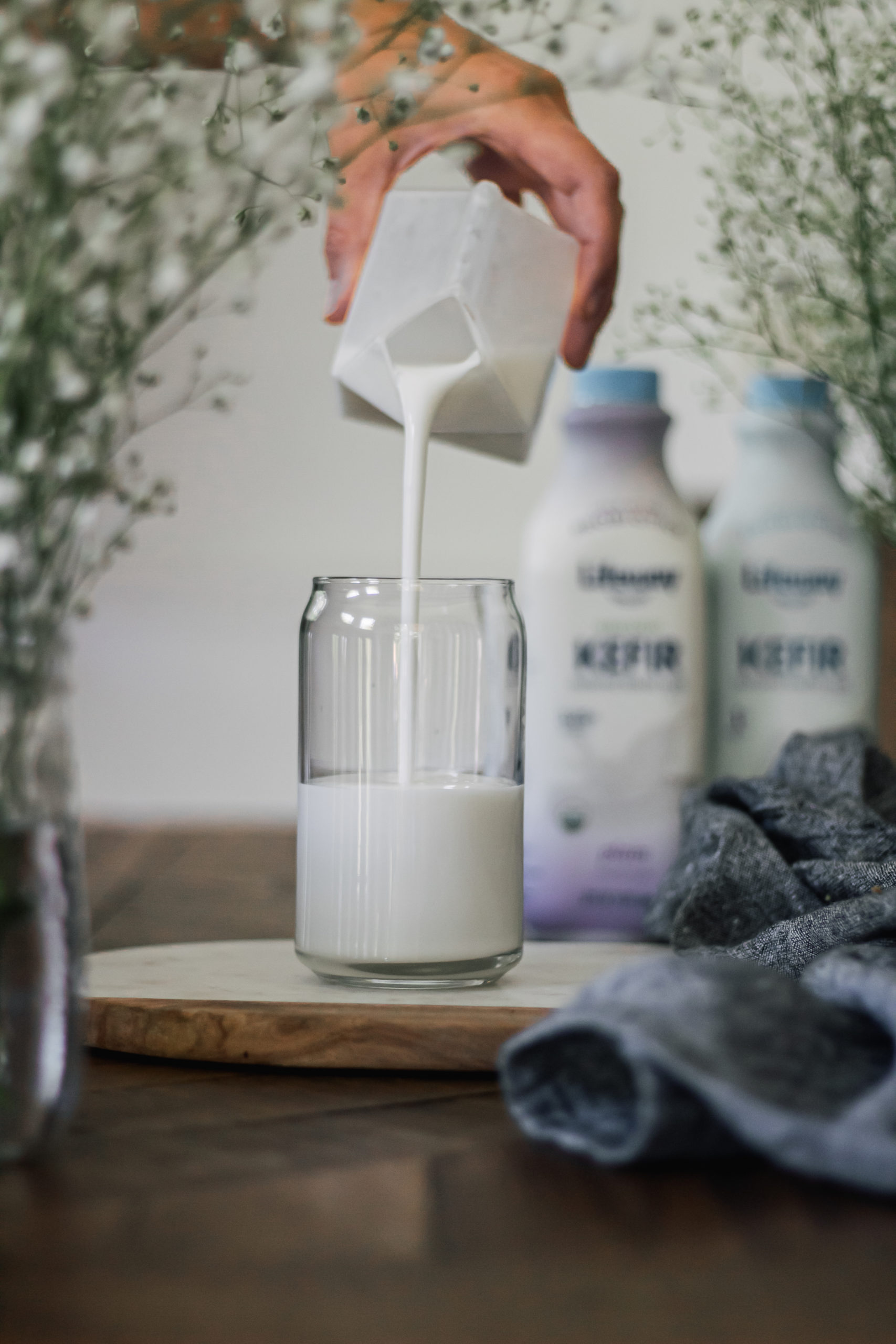Everyone’s talking about probiotics these days – the healthy bacteria in our gut that help regulate digestion, support immunity, and generally make you feel good. In order for probiotics to work at their best, we need to pair it with a fiber called prebiotics, another equally important component of a healthy diet. But what exactly are they?

Prebiotics + Probiotics = a Healthy You
Prebiotics are non-living, non-digestible carbohydrates naturally found in a variety of foods. Your body actually can’t digest prebiotics, so they’re what probiotics feed off of to remain actively working in your digestive system. They help the digestive system by promoting the growth of good bacteria. Probiotics need prebiotics to feed off of to remain actively working at their maximum potential in the digestive system. They work together to make sure the body stays on track and regular. The bacteria in the gut also ferment these fibers into short-chain fatty acids, which play an important role in regulating immunity and have anti-microbial and anti-inflammatory properties.
Research has found that consuming a variety of prebiotic and probiotic food sources may maintain a healthy gut microbiome to improve your body’s natural functions, including both your immune and digestive systems.

How to Eat More Prebiotics:
To optimize the environment for probiotics, it’s recommended to consume an accompanying prebiotic. Synbiotics are foods or supplements that contain both prebiotics and probiotics, such as Lifeway Organic Whole Milk Grassfed Kefir. Don’t let the name intimidate you, it’s very simple. If you’re making kefir smoothies (a source of probiotics) or pouring it over granola and fruit (a source of prebiotics), you’re eating a synbiotic meal.
It’s important to know that while prebiotics are a fiber, not all fibers are prebiotics. Prebiotics (oligofructose and inulin) can be found in foods such as oats, onions, garlic, bananas, chicory root, Jerusalem artichokes, and asparagus. Some foods may contain prebiotic fiber as an additive in the form of galactooligosaccharides, fructooligosaccharides, oligofructose, chicory fiber, or inulin. Simply pair these foods with probiotic-rich foods like kimchi, miso, tempeh, or kefir.

How to Add Prebiotics and Probiotics to Your Day:
Breakfast
Try our Probiotic Kefir Smoothie Bowl with Lifeway Lowfat Plain Kefir, bananas, chopped nuts, and seeds for a balanced meal full of healthy fats, fiber, protein, potassium, and calcium.
Lunch
For a new twist on your deli sandwich, swap the mayo for a delicious kefir dip as an alternative spread. Choose 100% whole-grain bread and a side salad with Kefir Ranch Dressing for a balanced meal.
Dinner
Start springtime off right with our Spring Vegetable Pasta! Asparagus is an excellent source of vitamins A, C, E, K, and folate, and a great source of prebiotics, too.
For more probiotic-rich recipe inspiration, check out our Pinterest Page.
